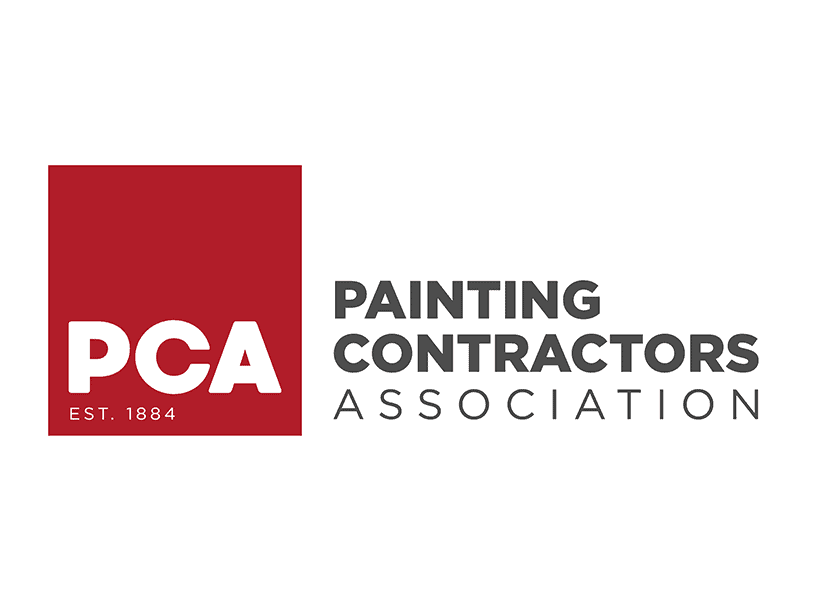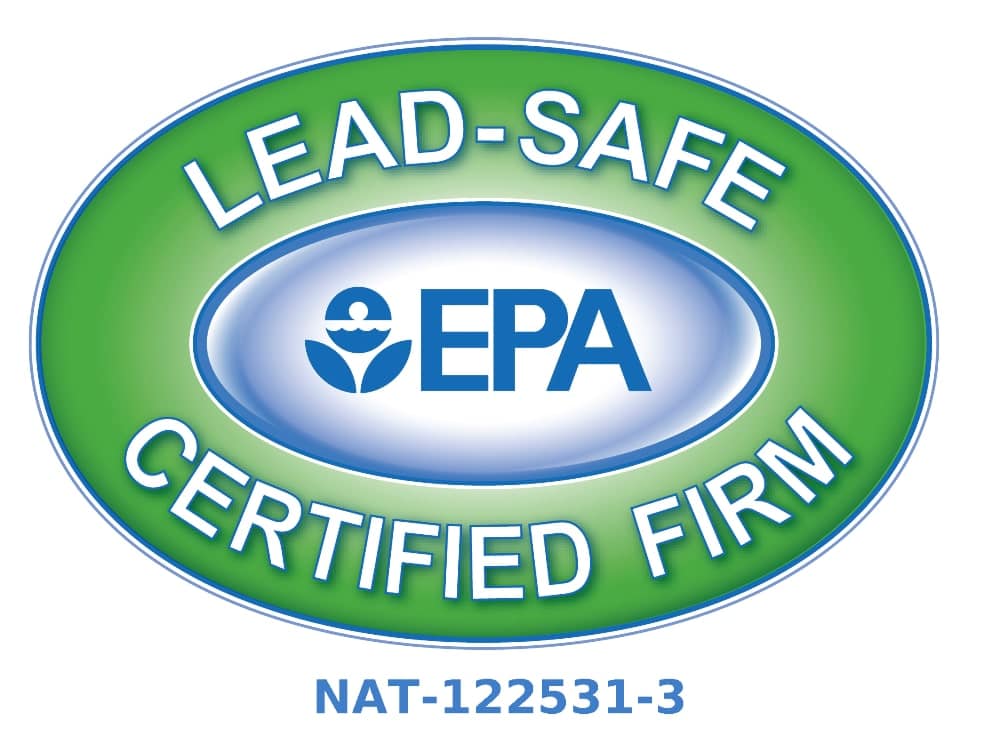07 Dec Should I paint or stain? Is there a Difference?
-
-
- The wood grain will remain visible underneath.
- There’s no need to prime.
- It has limited options of color choices.
- If applied correctly, you typically only need one coat.
- It is more resistant to peeling and chipping than many paints.
- It only comes in matte but can be varnished for a glossier look.
- Stain can be reapplied without needing to first be stripped.
- Stain can enhance the look of the wood nicely. (Check out our blog post about deck staining here.)
-
-
-
- Paint has far more color choices than stain.
- Some paints are more expensive than stain.
- Best quality paints have more pigment loading and offer a more saturated look.
- Paint comes in matte, satin, and gloss finishes.
-
-
-
- What results are you trying to achieve?
- Is the surface already painted or stained?
- Is it a wood surface, and do you want to enhance the natural look of the wood?
- Do you want a solid look to cover the appearance of the surface material?
-
FAQ
1. What is the main difference between painting and staining?
The main difference is that paint sits on top of the surface, creating a solid, opaque film that hides the material underneath, while stain penetrates into the surface, enhancing and showcasing the natural grain and texture of wood. Paint offers a wide range of colors and finishes, whereas stain typically comes in earth tones and provides a more natural look.
2. When should I choose paint over stain?
Choose paint if you want a uniform, fully covered appearance, need to hide imperfections, or desire more color choices. Paint is ideal for surfaces like siding, trim, and doors where durability and color customization are priorities. It also lasts longer on these surfaces, typically 7-10 years with proper preparation.
3. When is staining a better option than painting?
Stain is better if you want to highlight the natural beauty of wood, prefer a rustic or organic look, or need an easier application and maintenance process. Stain works best on decks, fences, and natural wood surfaces, especially when you want the grain and texture to show through. It’s also less likely to chip or peel and is easier to refresh over time.
4. Can I stain over a painted surface or vice versa?
You cannot stain over a painted surface unless all the paint is completely stripped and the wood is properly prepped, as stain needs to penetrate the material. However, you can paint over previously painted surfaces after appropriate surface preparation. This makes paint more versatile for recoating, but limits the ability to switch to stain later.
5. How do maintenance and cost compare between paint and stain?
Paint generally costs more upfront due to the need for primers and more extensive preparation, but it lasts longer before needing a refresh. Stain is usually less expensive and easier to apply or touch up, but may require more frequent maintenance, especially in high-exposure areas. Stain fades gradually, making reapplication simpler, while paint may chip or peel and require scraping and sanding before recoating.

Mike Katounas is the owner of Home Works Painting, a painting business in Northern Virginia. He has over 15 years of experience in residential interior and exterior painting, drywall installation/repair, carpentry, wallpaper removal, power washing, commercial painting, color consultation, and staining/sealing. Their service areas include Chantilly, Fairfax, Herndon, Oakton, Reston. Mike takes pride in his work, and he always follows a strict code of conduct that includes the use of quality paint, a clean workspace, and an honest, respectful approach to his customers.












Sorry, the comment form is closed at this time.